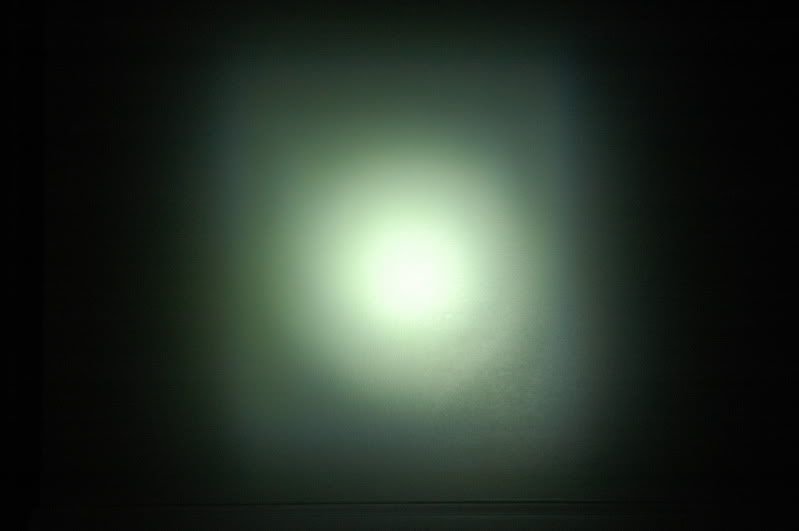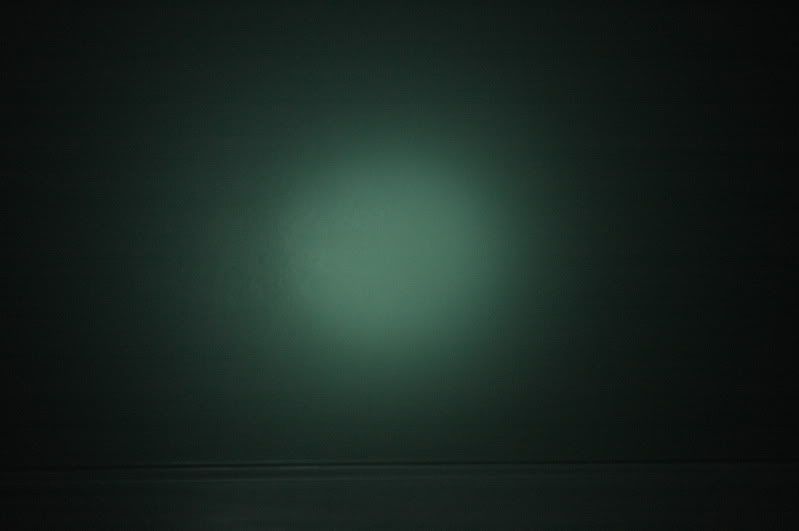gcbryan
Flashlight Enthusiast
A good beam to me for outdoor use might be one with a hotspot (maybe a larger spot like a XP-G) but with a diffused edge to the spill rather than an abrupt edge as it goes from spill to complete darkness (the XP-G already seems to have a smoother transition from hotspot to spill than the XR-E).
Simply using a reflector you get that abrupt drop-off along the outer edge of the spill. Using an optic like an aspheric you have no spill and simply the hotspot and then the drop-off.
In a TIR optic there is usually a little collimation lens on top of the emitter to capture some of the direct rays that otherwise would contribute to spill and to focus it to contribute to the hot spot which also reduces spill a bit.
Instead of a collimation lens what if a small diffuser was used. This would either just be a replacement for the collimation lens in a TIR or it could be a small diffuser over that same part of the emitter even if a reflector was used instead of a TIR.
The spill comes from those direct beams that don't hit the TIR or reflector. If that was diffused it wouldn't affect the hot spot. Therefore it would seem that you would have a hot spot with a diffused spill and there would be no sharp drop-off at the outer edges of the spill beam. It would be like a flood beam where you aren't really aware of exactly where the light stops.
Am I missing something? Would this not work? It would seem to be a much nicer beam and still provide throw.
It's always distracting to have your eye trying to focus on whatever the hot spot is illuminating when in your periphery you see this huge circle of spill shaking around. Without that hard outer edge you wouldn't see that movement just as you don't notice movement in that outer edge when you use a flood beam.
Simply using a reflector you get that abrupt drop-off along the outer edge of the spill. Using an optic like an aspheric you have no spill and simply the hotspot and then the drop-off.
In a TIR optic there is usually a little collimation lens on top of the emitter to capture some of the direct rays that otherwise would contribute to spill and to focus it to contribute to the hot spot which also reduces spill a bit.
Instead of a collimation lens what if a small diffuser was used. This would either just be a replacement for the collimation lens in a TIR or it could be a small diffuser over that same part of the emitter even if a reflector was used instead of a TIR.
The spill comes from those direct beams that don't hit the TIR or reflector. If that was diffused it wouldn't affect the hot spot. Therefore it would seem that you would have a hot spot with a diffused spill and there would be no sharp drop-off at the outer edges of the spill beam. It would be like a flood beam where you aren't really aware of exactly where the light stops.
Am I missing something? Would this not work? It would seem to be a much nicer beam and still provide throw.
It's always distracting to have your eye trying to focus on whatever the hot spot is illuminating when in your periphery you see this huge circle of spill shaking around. Without that hard outer edge you wouldn't see that movement just as you don't notice movement in that outer edge when you use a flood beam.



